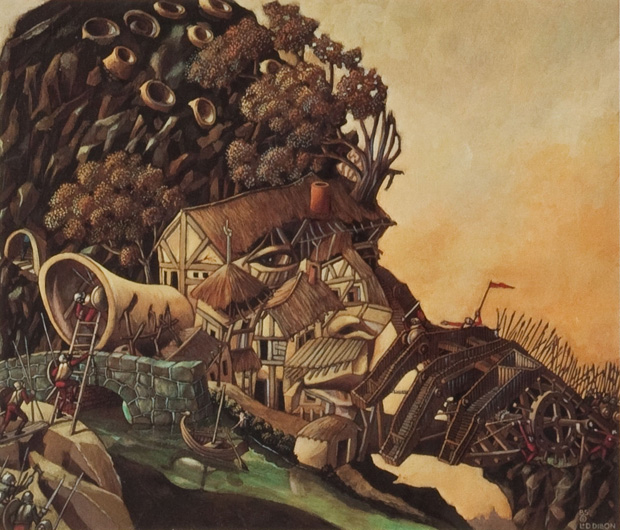I was thinking about portraits the other day, partly because of the “Making Faces” show currently going on at the Society of Illustrators, partly because I had just received a copy of Brian Movies that features Iain McCaig’s portrait of Harlan Ellison on the cover, partly because I noted the sale at auction recently of what, to me, was a not-terribly-good painting of Robert Silverberg by the late Ed Emshwiller.
What makes a successful portrait, particularly when the subject is a writer? The answer that immediately comes to mind is: personality. If the artist is able to capture something of who the writer is, not merely what they look like, and elicit responses from viewers and which prompts conversation… then there’s a good chance of creating art, not just a painted version of Glamour Shots.
Now, I’ve never really heard of any controversy surrounding a genre writer’s portrait; certainly nothing like the brew-ha surrounding John Singer Sargent’s painting of Madame Gautreau aka “Madam X.” The flip-side is that I’ve heard very few people say anything positive about some of the clever SFF writer portraits that have been done… so I think I’ll point out a few.
H.P. Lovecraft
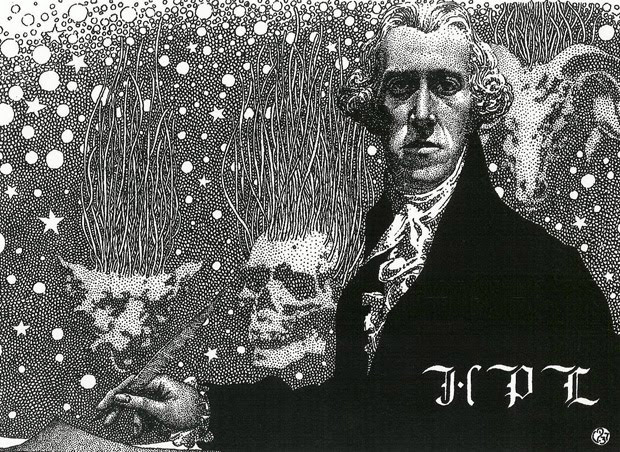
H.P. Lovecraft has been drawn many times over the years, one of the earliest being the one above by Virgil Finlay. Moore recently by Matt Buck, John Picacio, and Roberto Parada below.
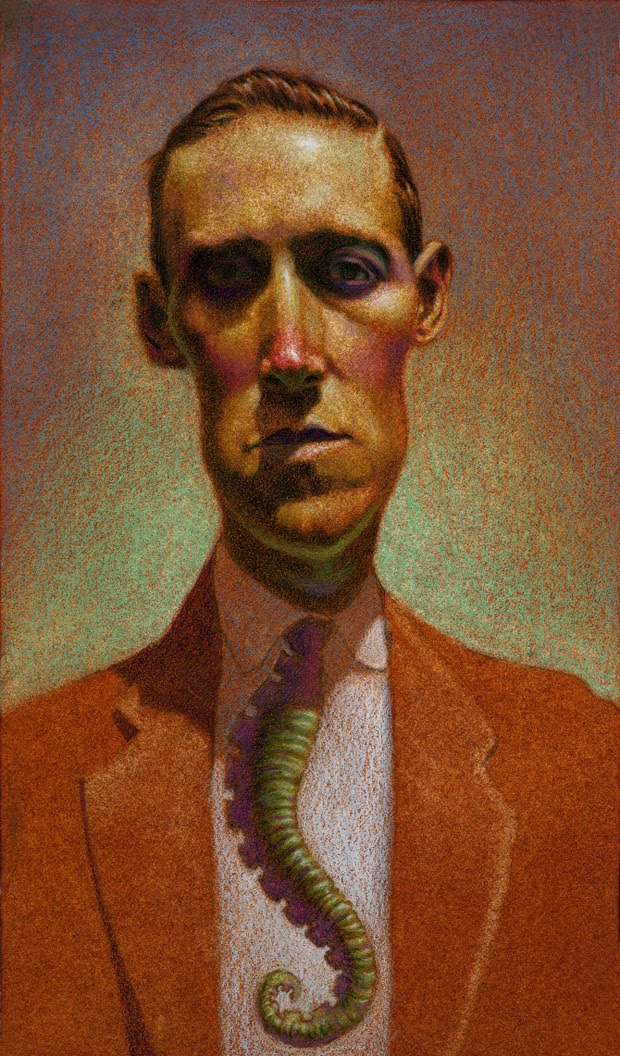
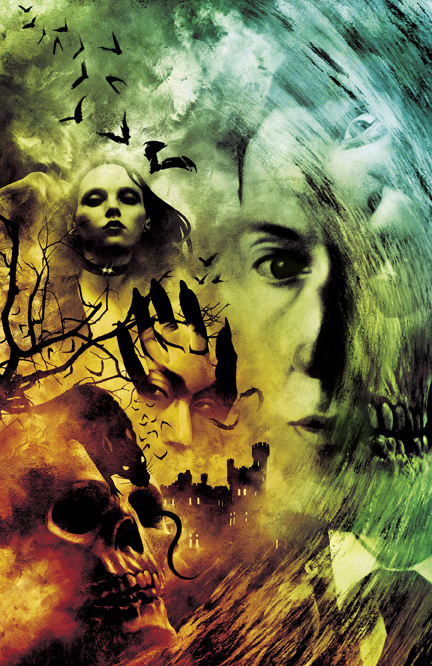
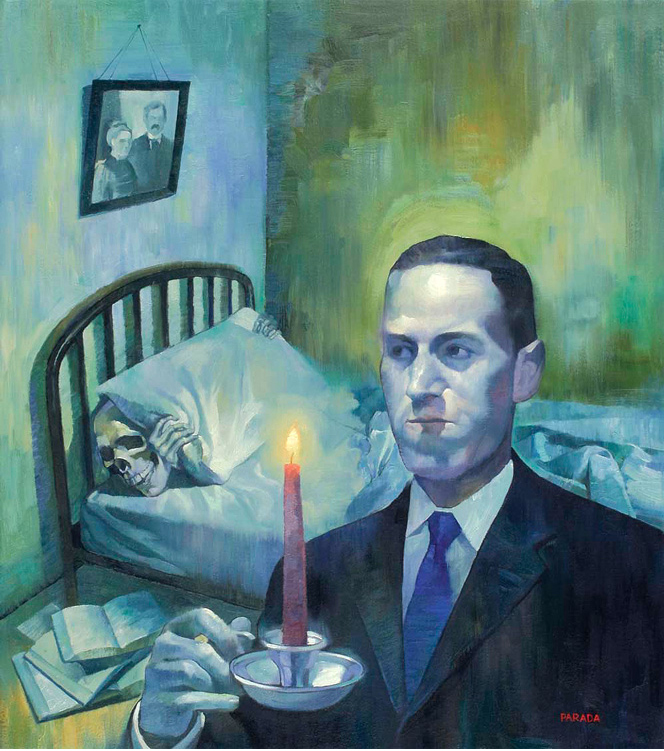
Isaac Asimov
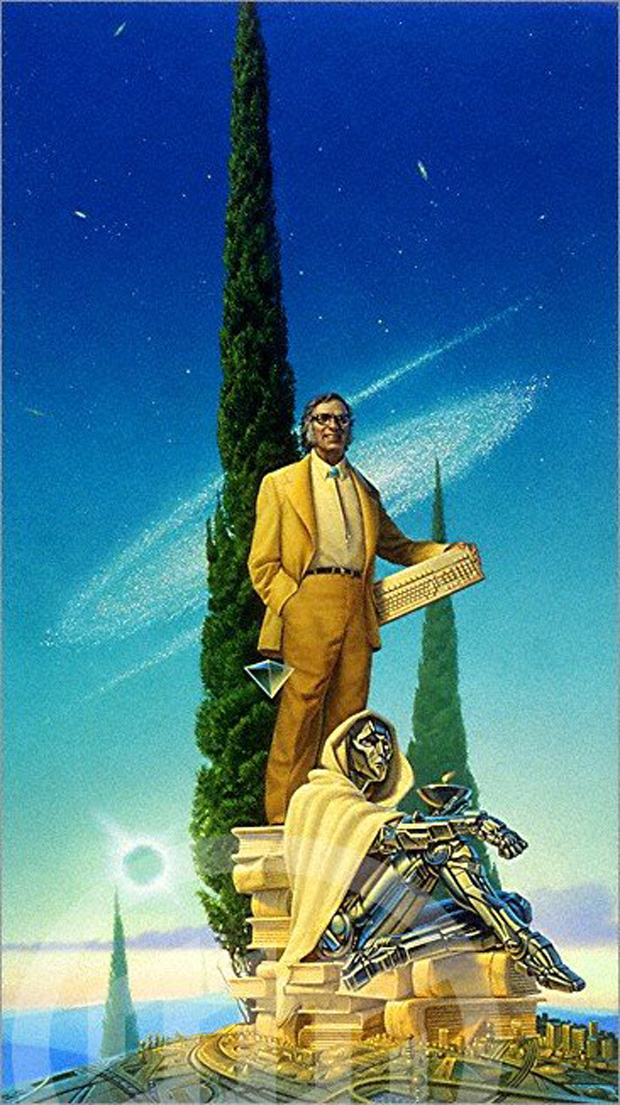
Michael Whelan‘s portrait of Isaac Asimov. Since Asimov devised the Three Laws of Robotics, Isaac’s AI companion is appropriate.
Jules Verne
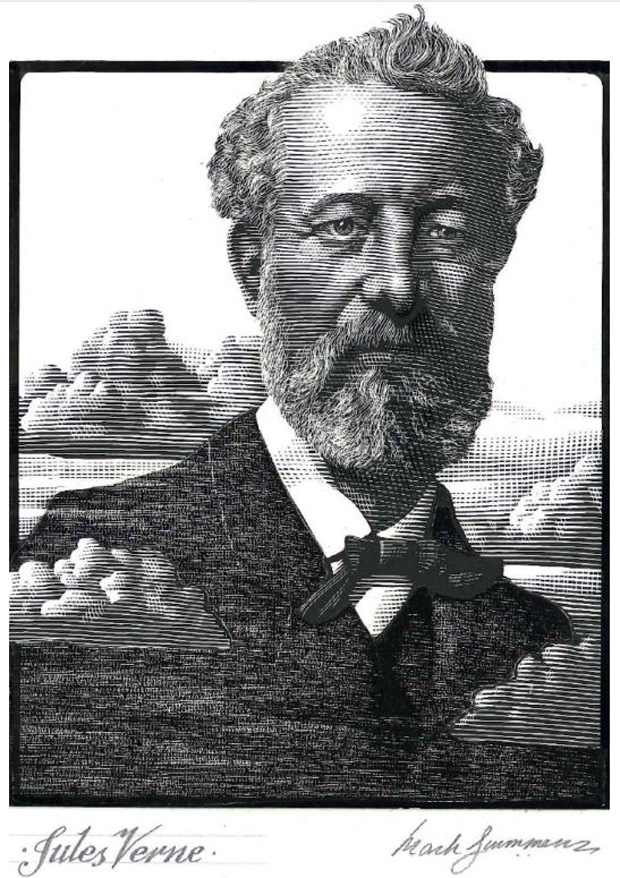
Edgar Allan Poe
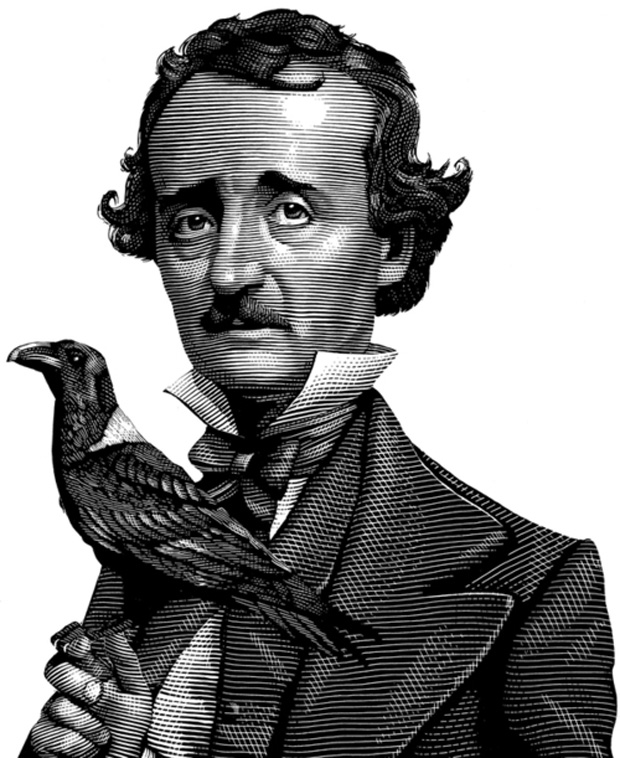
Above, a pair of scratchboard pieces by Mark Summers: Jules Verne and Edgar Allan Poe respectively. Below, Michael Deas‘s portrait of Edgar Allan Poe for the U.S. Postal Service won a Spectrum silver medal.
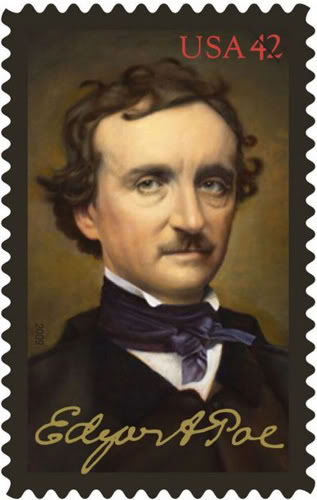
Theodore Sturgeon
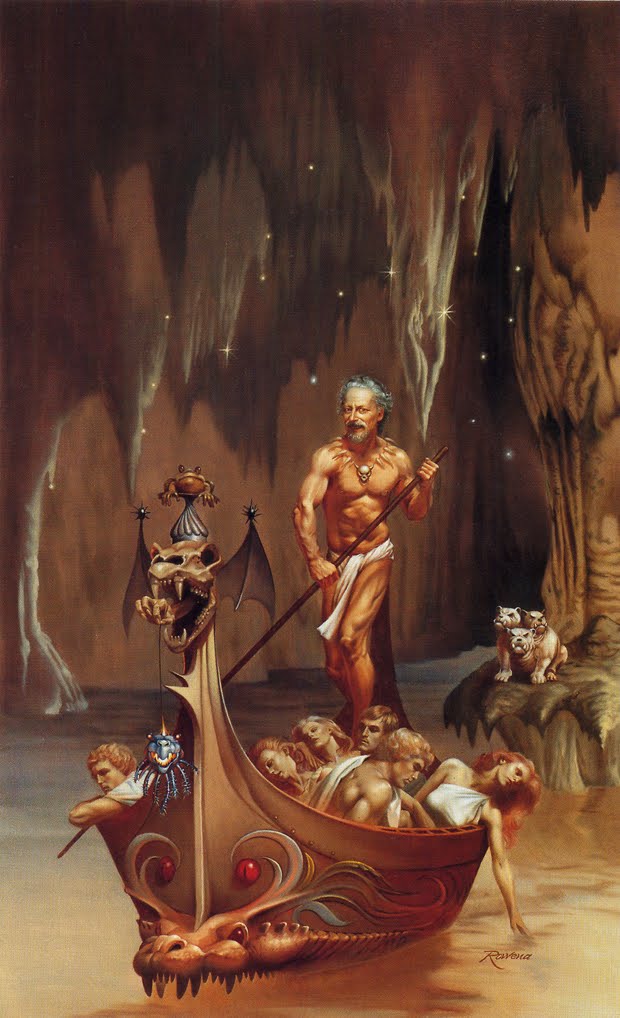
Rowena Morrill’s painting of Theodore Sturgeon. Sturgeon joked at the time that she had made him look too puny.
Edgar Rice Burroughs
Below, a pair of portraits of Tarzan’s dad, Edgar Rice Burroughs; the first is by Reed Crandall, the second by Tom Lovell.
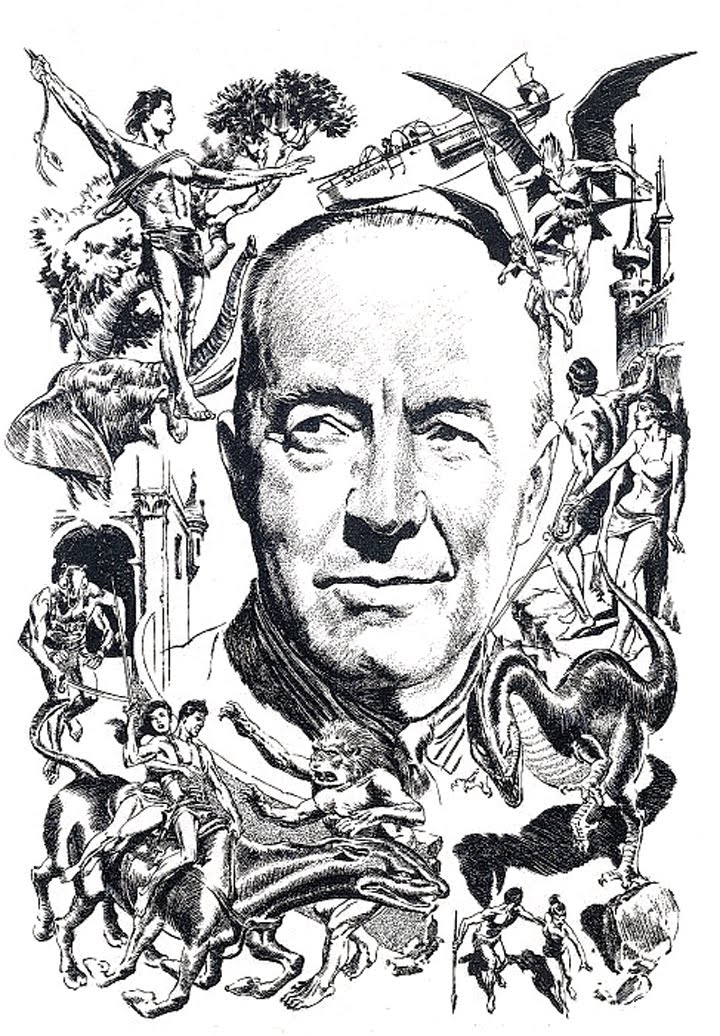
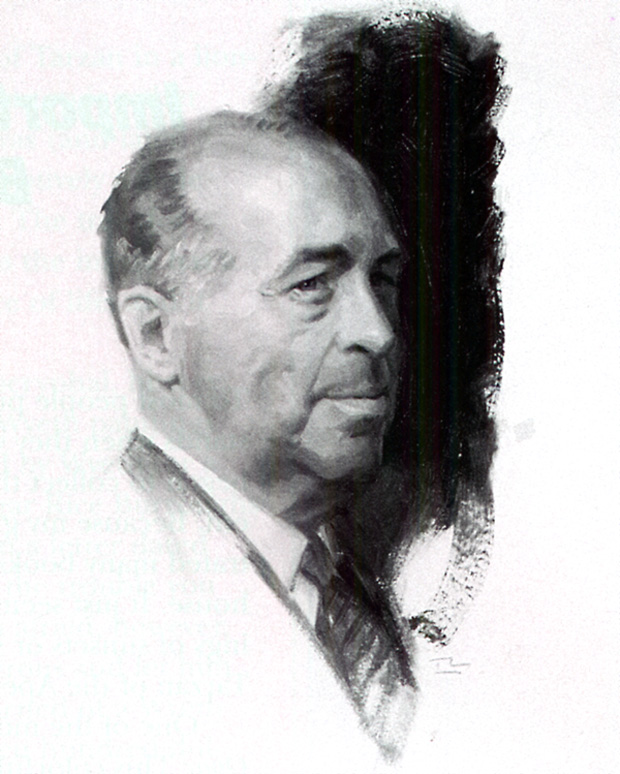
Robert A. Heinlein
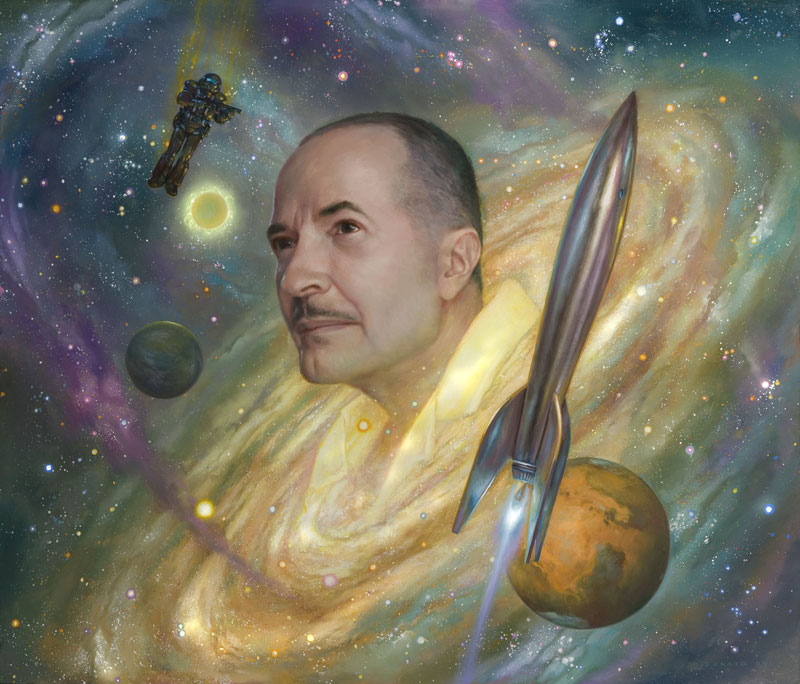
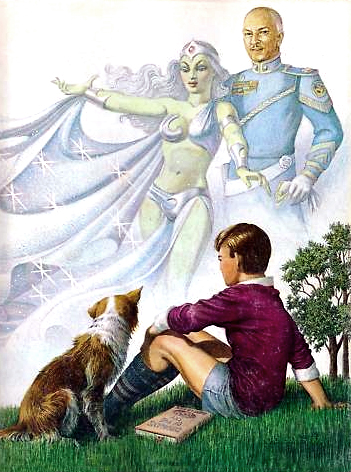
Donato’s and George Barr painting of Starship Trooper, Robert A. Heinlein
J.R.R. Tolkien
Greg and Tim Hildebrandt transported J.R.R. Tolkien to Middle-Earth for this painting.
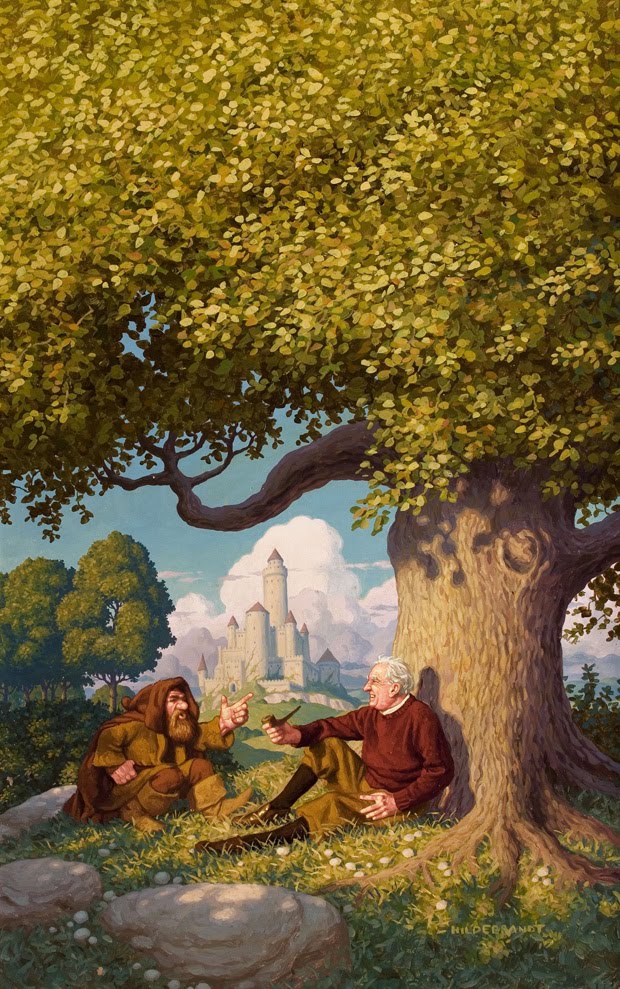
George R.R. Martin
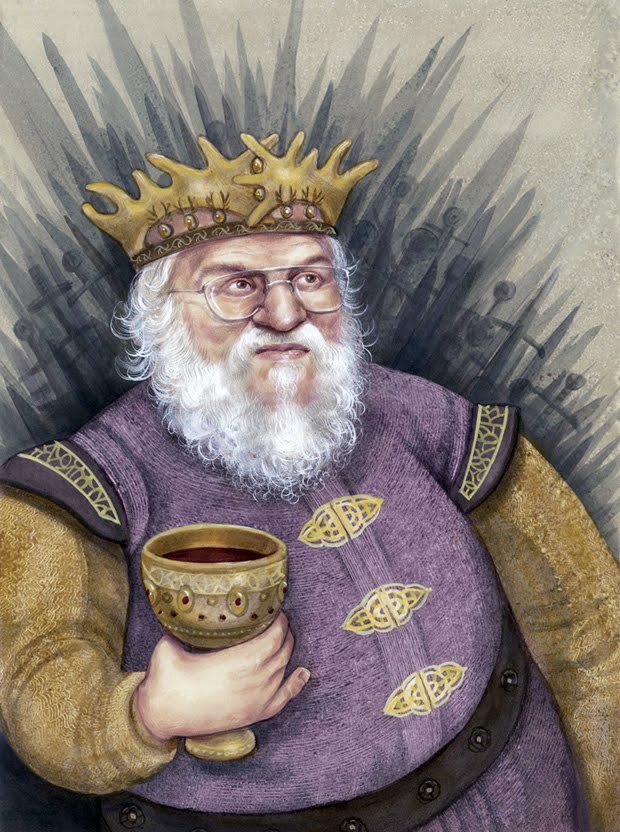
A Game of Thrones author George R.R. Martin as painted by Anita Kunz.
Harlan Ellison
A pair of portraits of Harlan Ellison; the top a classic Bosch-inspired painting by Leo and Diane Dillon, the bottom is a mixed-media work by Iain McCaig.
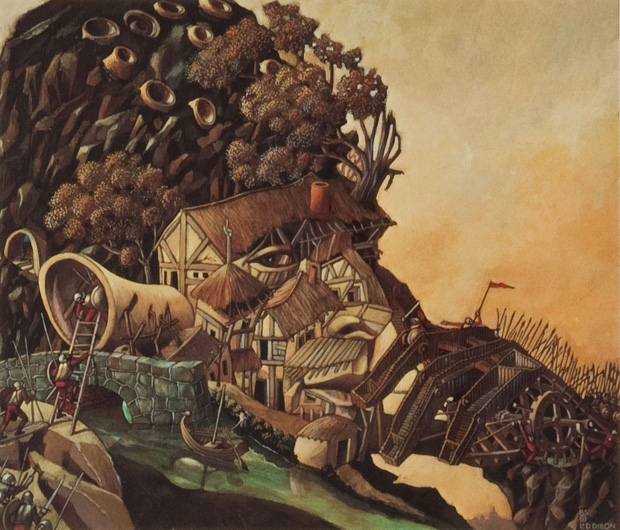
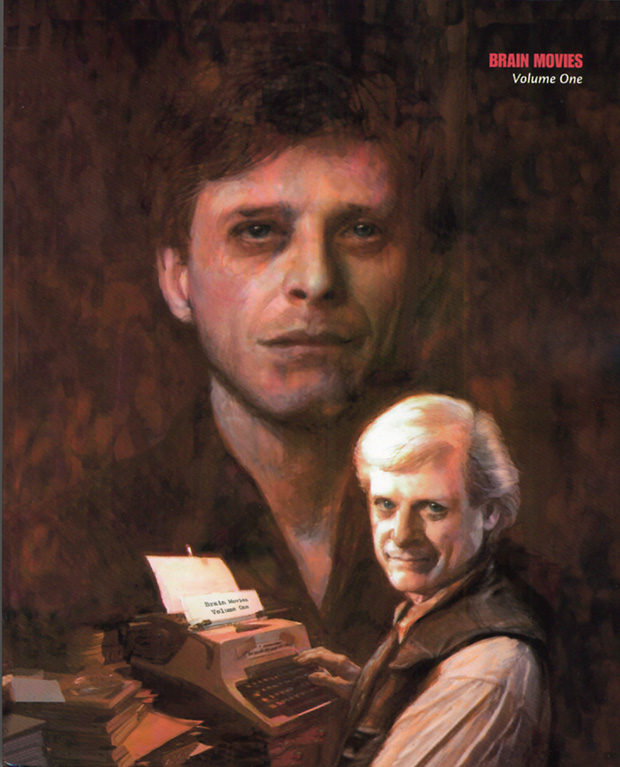
Neil Gaiman
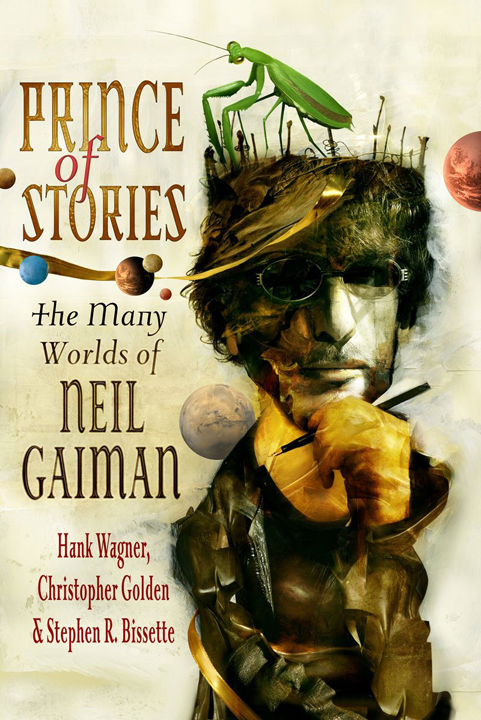
Neil Gaiman, painted by life-long collaborator Dave Mckean.
Frank Herbert
Frank Herbert, author of Dune, by Greg Manchess.
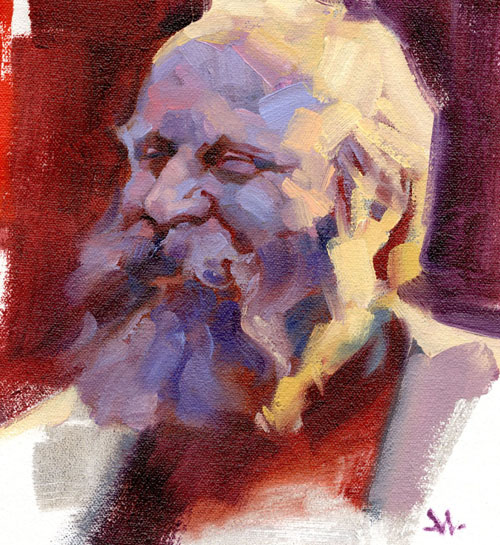
Stephen King
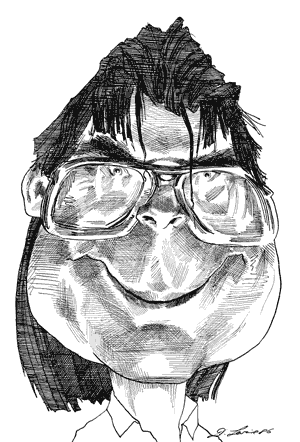
Ursula K. Le Guin
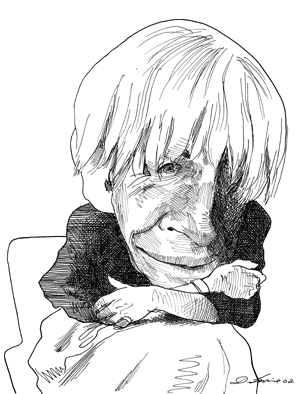
Jonathan Lethem
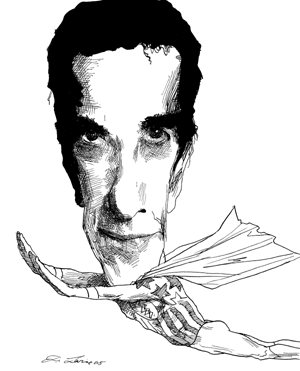
Kurt Vonnegut
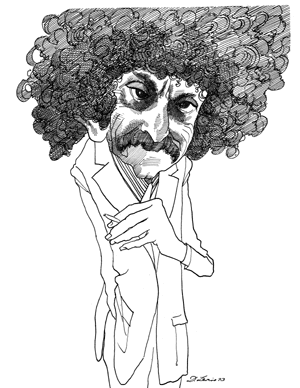
David Levin created hundreds of drawings for the New York Times Book Review like the ones seen above.
Mark Twain
Mark Twain, recently commemorated on a U.S. Postage stamp by Greg Manchess and earlier drawn by Leo and Diane Dillon.
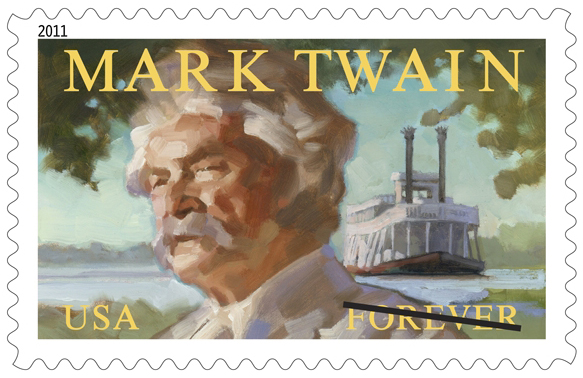
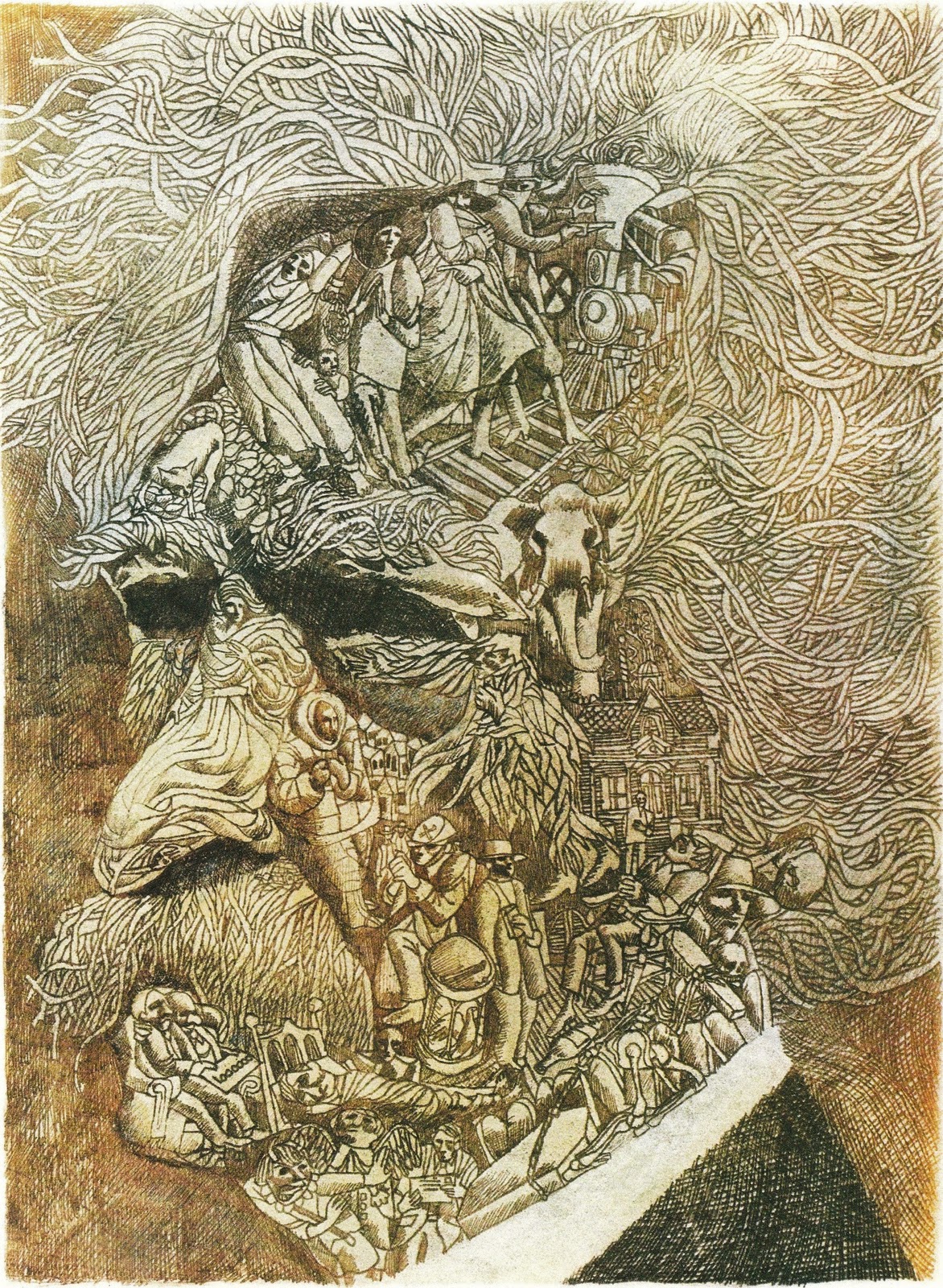
Anne Rice
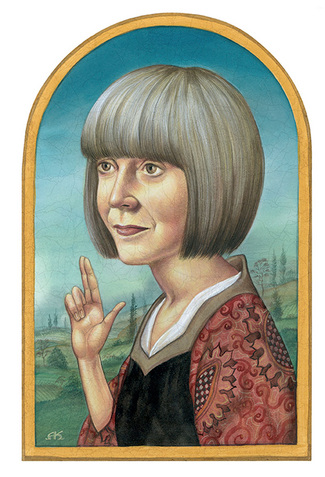
Anita Kunz‘s painting of Anne Rice.
Ray Bradbury
And finally, the illustrated man, himself, Ray Bradbury as painted by Ed Emshwiller and Dean Ellis.
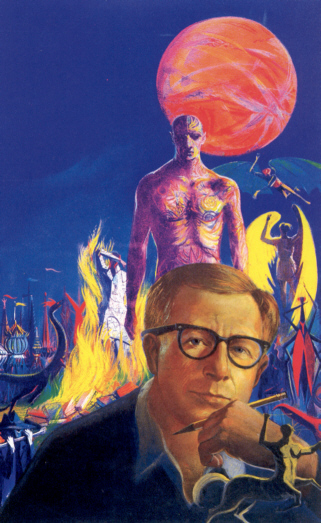
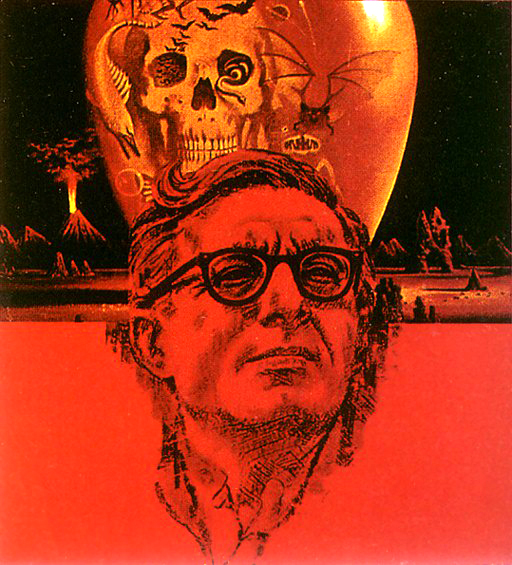
Expanded from the original article on Muddy Colors.
Arnie Fenner is the co-founder and editor of Spectrum: Fantastic Art.










